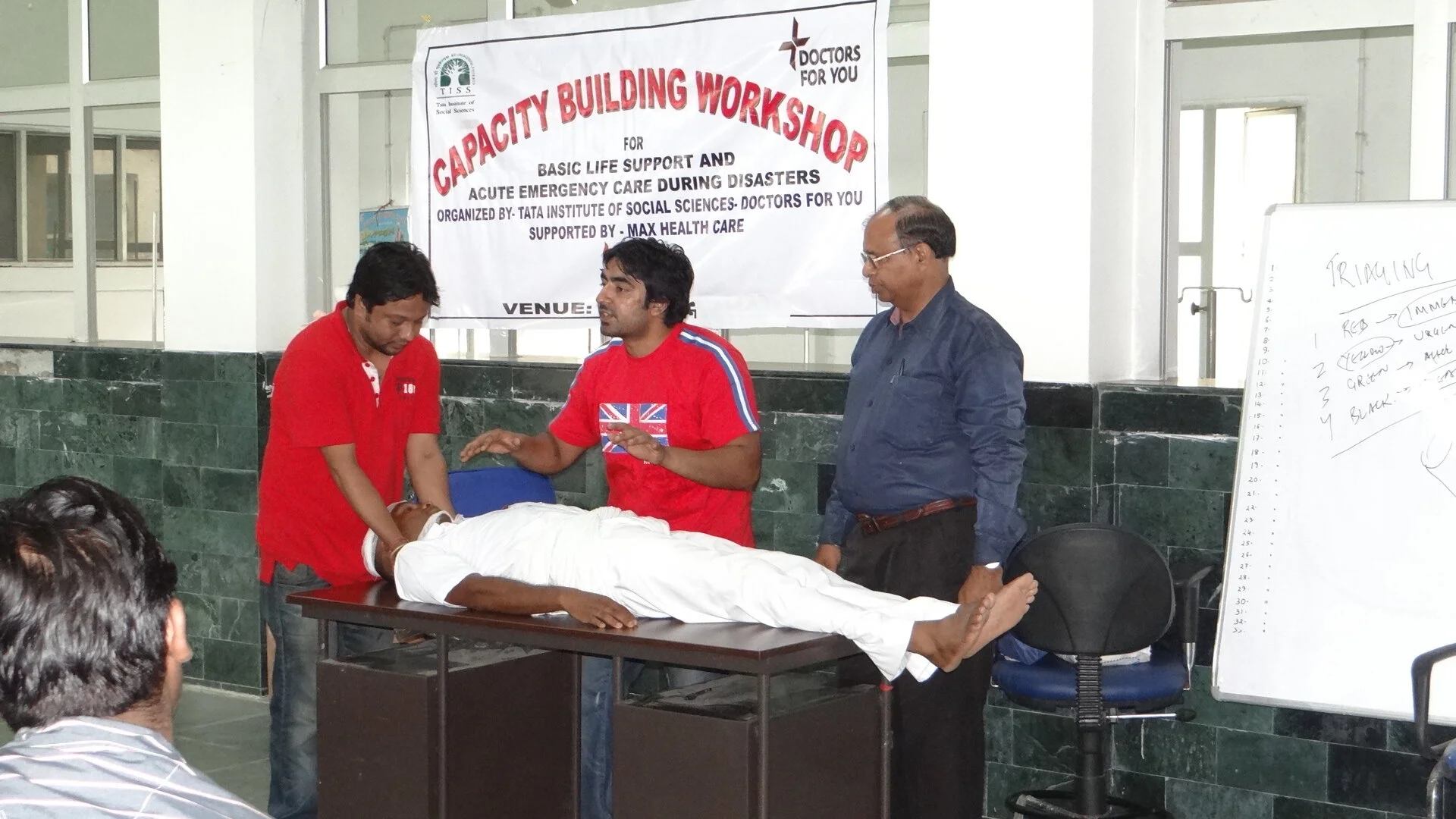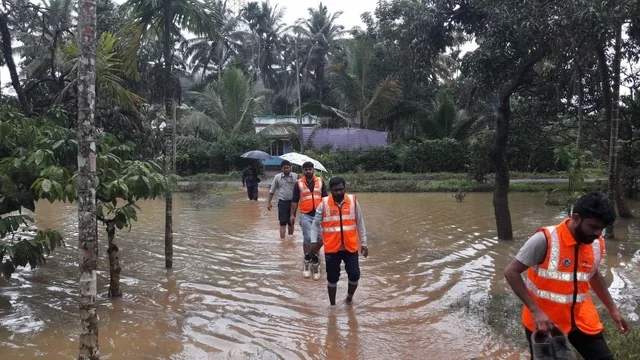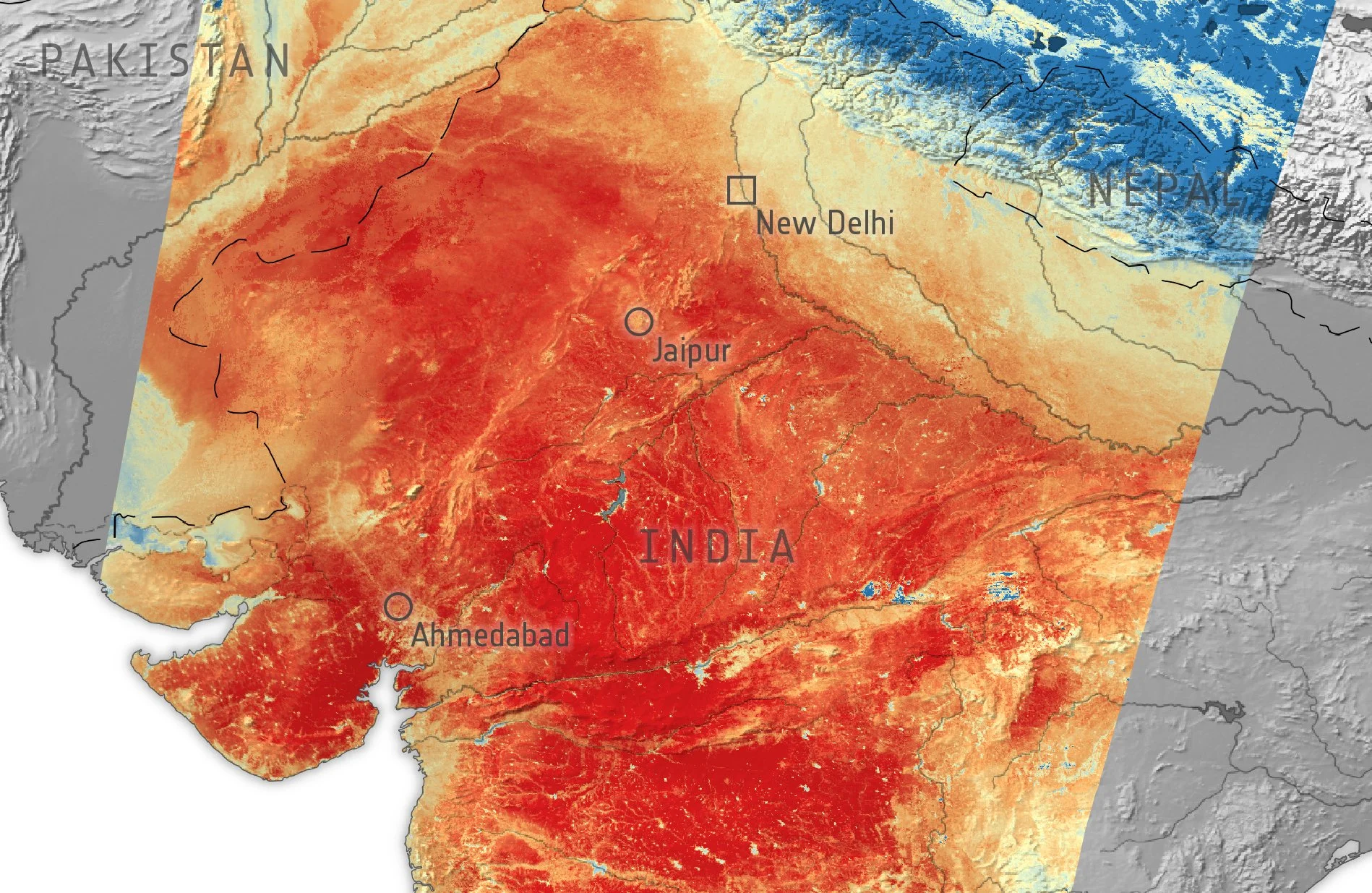Riot Relief and Emergency Preparedness
India has seen an extremely high number of ethnic riots since it achieved independence in 1947. One of the first of these major communal riots in India took place in Mumbai in August of 1993. The riots continued and in 2012, for the entire month of July, the state of Assam in India witnessed one of the worst ethnic riots in its history. The worst affected areas were the Kokrajhar, Chirang, Dhubri and Gosaigaon districts in the state of Assam, which witnessed numerous killings and counter killings. Over a short span of one month, 77 people died as a result and over 400,000 people were taking shelter in 270 relief camps, after being displaced from almost 400 villages.
In August 2012, I volunteered with a nonprofit organization to visit the state and the many relief camps set up by the government therein. Our team’s original plan was to visit relief camps and identify critically ill patients, in order to guide their transfer to appropriate healthcare facilities. During the visits to the camps and healthcare facilities, we realized that the state of basic life support (BLS) training, first aid and emergency medical services provided was abysmal. It astonished us that not many healthcare providers had any updated knowledge regarding BLS or first aid. Much of the practice observed was non-evidence based medicine. This prompted us to develop a short training program that could reach a large number of people in a short period of time using simple methods. The problem was how to gather interest in the healthcare workers and procure resources for basic life support training in a riot hit state under curfew and having minimal medical assistance.
I joined the team on the 27th of August, 2012 in New Bongaigaon. From there, we travelled to the Chirang District. There, we visited the Kajalgaon Civil Hospital and set up our control room. We set up a meeting and identified some goals to be achieved during my visit. We aimed to train as many doctors, nurses and paramedics as possible during my short stay of 1 week-- a tremendous goal. We sought to not only identify critically ill patients in the relief camps and provide them with adequate medical help and assist in transferring them to hospitals, but facilitate the distribution of Minimum Initial Service Packages (MISP) kits containing Sanitary pads, clean delivery kits for expectant mothers, reproductive tract infection kits, diarrhea kits for children and other utilities. These kits of various kinds were to be made and distributed to as many camps as possible. We also intended to train Accredited Social Health Activists (ASHAs) in the relief camps on how to conduct clean deliveries, and how to use the MISP kits. On 28 August, 2012, we visited three relief camps in Bengatal, in the Chirang District. We accomplished our first goal, and identified critically ill patients. We coordinated with the nearby hospitals and got them transported for further management. On 29 August, we travelled to Gosaigaon, in the Kokrajhar District, which was Ground Zero for the riots. There, we visited a few camps and the R.N.Basumatary Civil Hospital, where victims had previously been transported. It dawned upon me that there was rampant use of age based medicine, and there was a distinct lack of trauma and disaster training. After meeting with the Medical Superintendent, we decided to hold a training session just two days later, on 31 August.
My team also observed that there were many ambulance services which only contained a driver and minimal equipment. There was a clear need for further training. On 30 August, we procured a “doll” with great difficulty during curfews. We used this doll as a makeshift mannequin for Basic Life Support training. There was a huge turnout for the training, which was conducted in the hospital on 31 August, 2012. A total of 45 doctors, nurses and paramedic staff participated, despite the lack of preparation and outreach. In addition to teaching them to use medical tools, we also trained them to use readily accessible resources (bandages, wooden planks, boards, etc.) for shifting trauma patients from the field into ambulances and transferring them to a hospital. Initial steps to handle head and cervical injuries, pelvis injuries and femur fractures using minimum resources were also taught to them.
On 1 September, we travelled back to the Kajalgaon Civil Hospital in the Chirang District and held another training session for about 30 participants. The training sessions lasted for about 4-5 hours each and we spent INR 500/- (approximately USD 8) for training 75 medics in 2 districts. On the 2 September, my team travelled to the most inaccessible and notorious camps – Amgudi, Koyla-Moyla and Amtek near the Bhutan Border through numerous road blocks. There, we distributed MISP kits and taught ASHAs how to use clean delivery kits.
It is well known that disasters, man-made or natural, drain resources from even the best of systems. My experience in the riot hit state of Assam was mind numbing. It was also eye opening towards the massive gaps present in our healthcare sector. The gaps included prehospital care, disaster medicine, and even simple basic life support and trauma training. There needs to be a focus on structured training programs which include Basic Life Support, Basic trauma skills and transportation of patients, and how to use available resources in such conditions, even when they are minimal and often makeshift. A number of people can be trained in a short period of time to provide better evidence-based medicine in the disaster setting. Based on our experience, we suggest that governments and our emergency medicine community worldwide unite to train more healthcare workers especially in the rural sectors where training and access to healthcare is lacking. There is a need to not only make care accessible, but to make the training accessible too.
To continue the work, the Society for Emergency Medicine, India (Delhi chapter) [SEMI-Delhi] signed an MoU with Doctors For You to provide emergency physicians at times of disasters. We also started an Emergency Medicine post graduate program in our hospital, under the aegis of George Washington University. The program includes training in disaster management. Recently, we also noted that many lives are lost due to the lack of bystander-provided out of hospital CPR. It is not because they do not want to, but because they do not know how to. We recognized this gap and have started training programs in societies and residential complexes to train the residents in bystander compression-only CPR as a new initiative.
Finally, we all know the COVID-19 pandemic ravaged the world. The learnings from my experience in a riot hit area can be superimposed in other situations like the pandemic or other kinds of natural disasters. The governments and the emergency medicine communities need to work hand in hand to prepare, organize, and train personnel and resources to hopefully mitigate the effects of man-made and natural disasters.
ACKNOWLEDGEMENTS
Dr. Ravi Kant from DoctorsForYou for inviting me to visit the riot hit state.
Dr. Tamorish Kole who sent me for the same as a 3rd year emergency medicine resident.
Dr. Sanjay Jaiswal for his constant support through all my endeavors.









